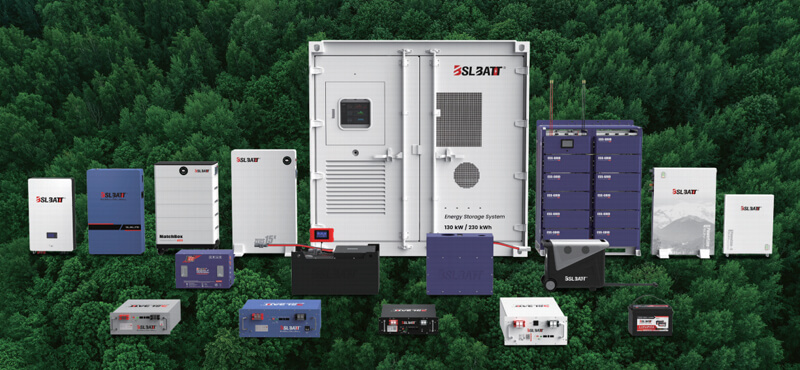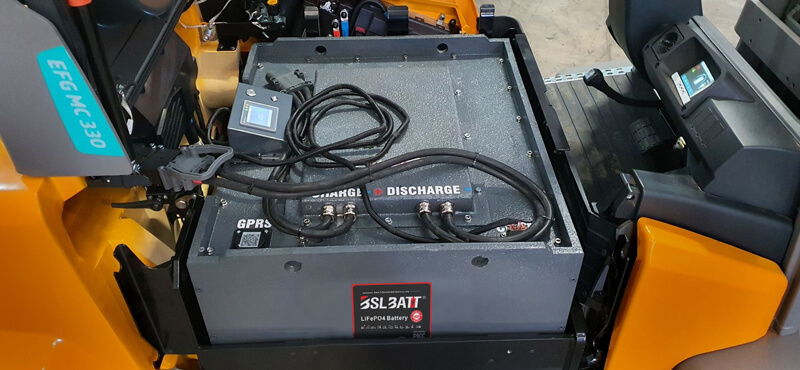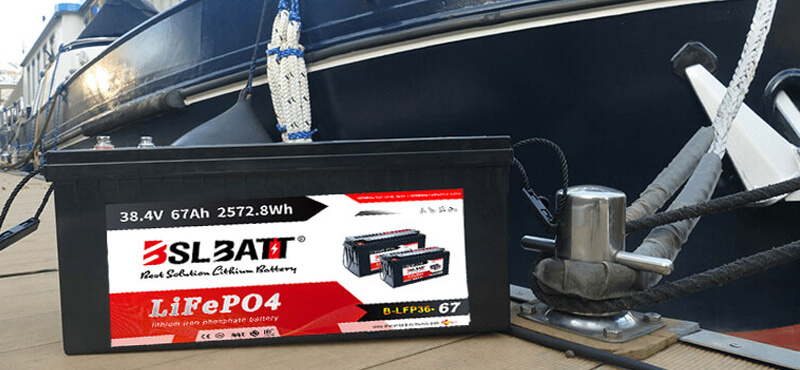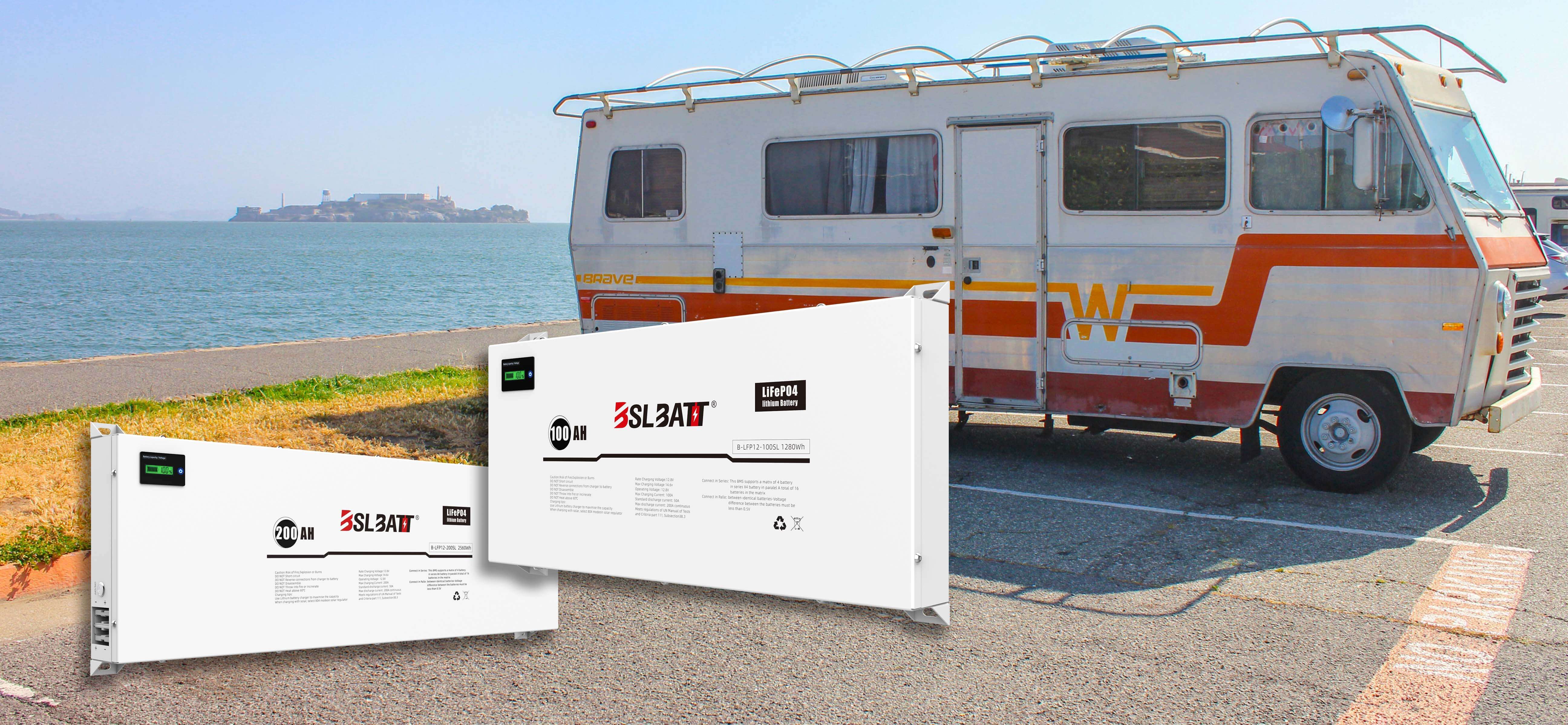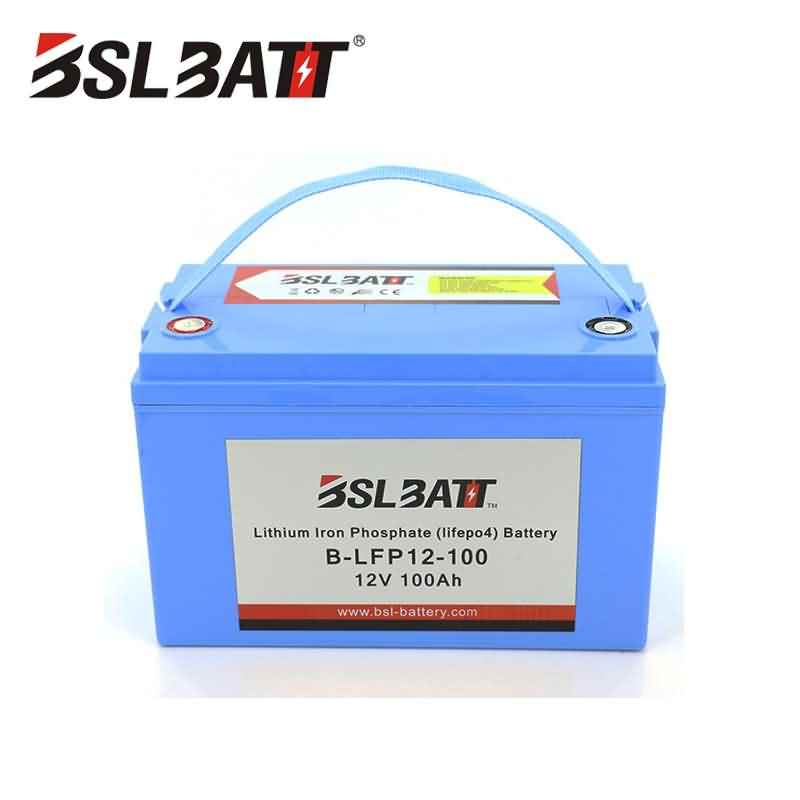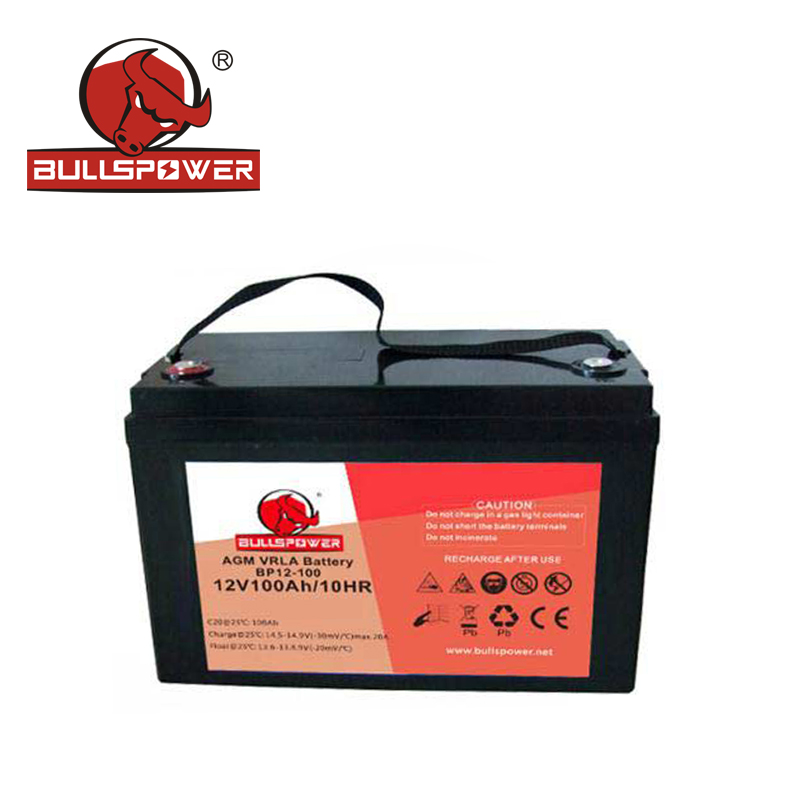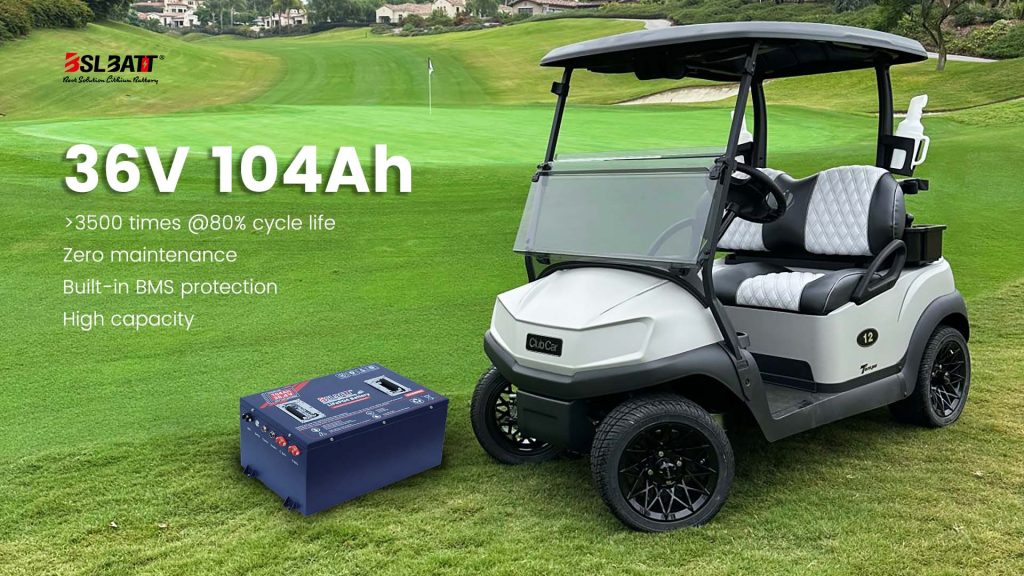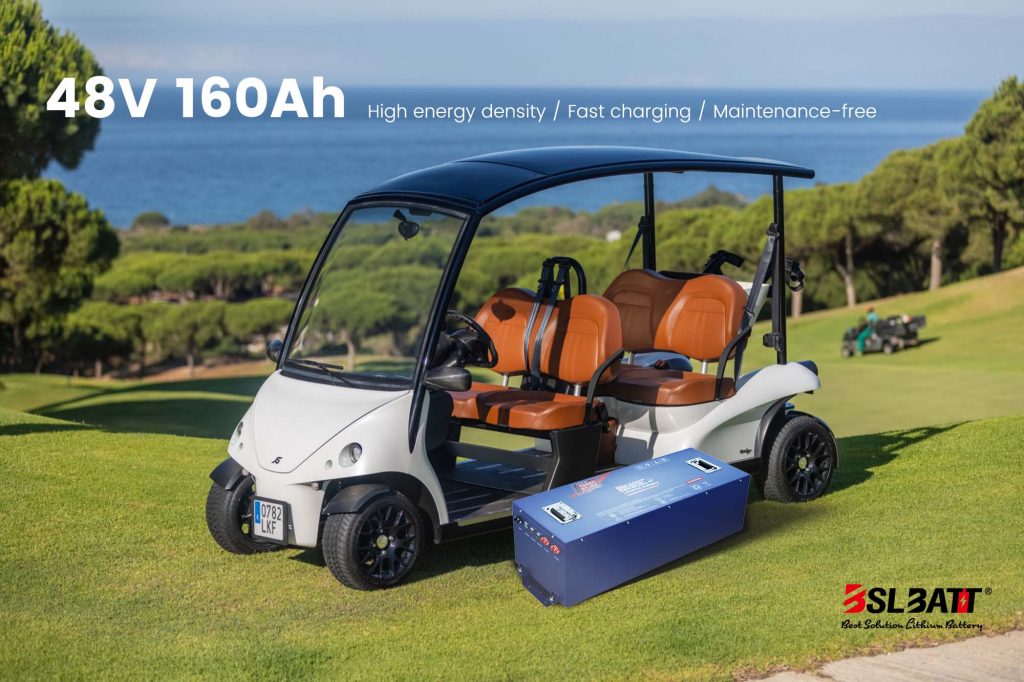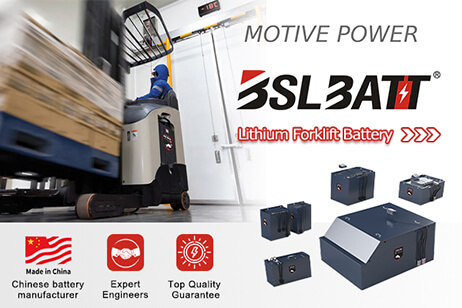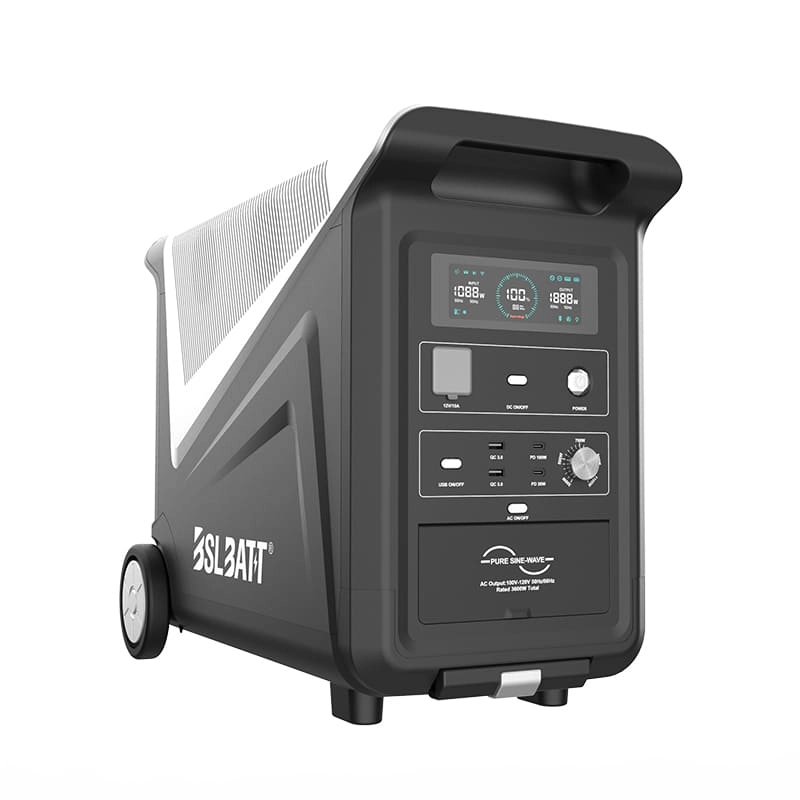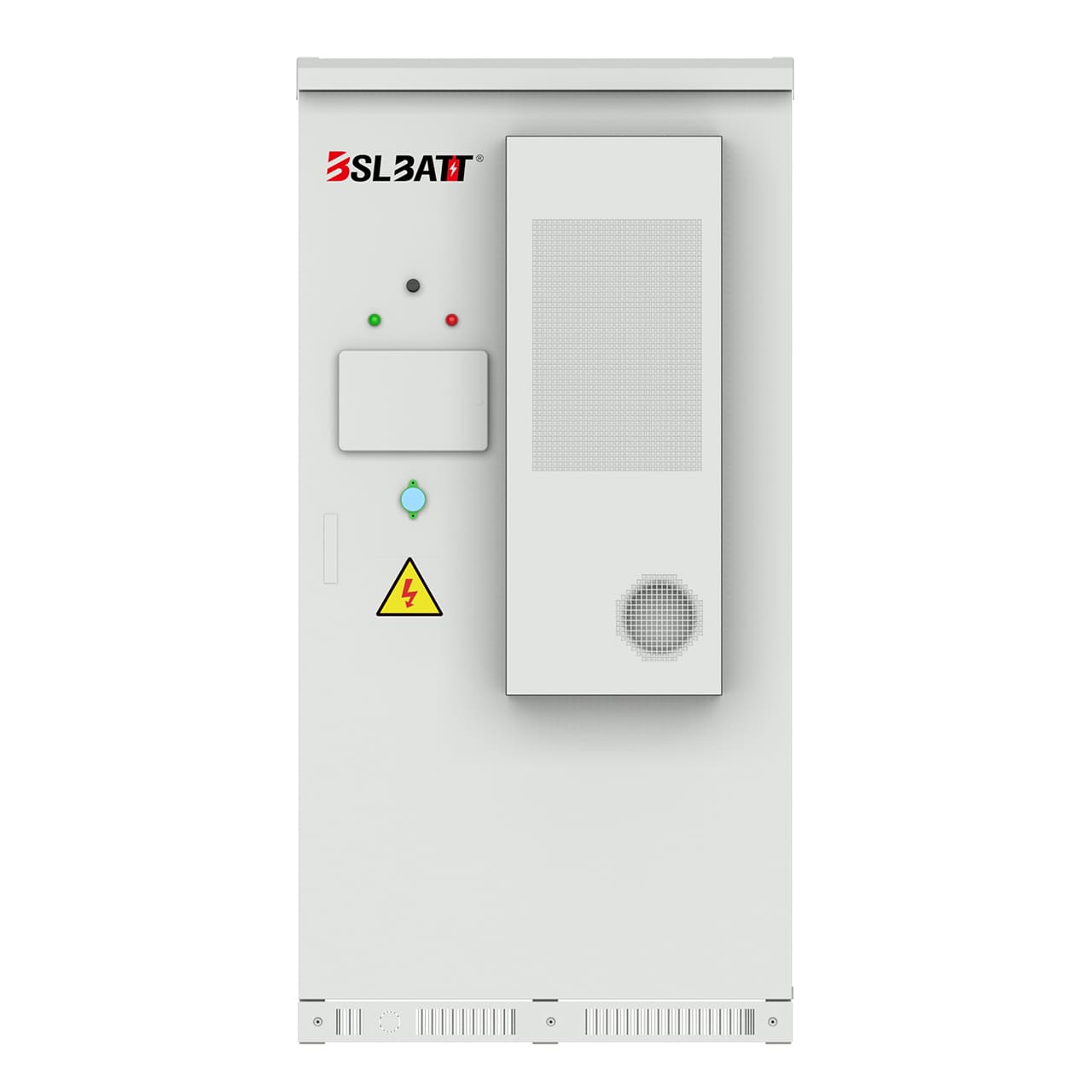Industry Application
Product Type
Why Choose Lithium Iron Phosphate Battery (LiFePO4) ?
| Features and Benefits Compared to SLA
Welcome to the first in a series of articles about lithium batteries. This article will describe the features and benefits of lithium iron phosphate batteries (LiFePO4) compared to traditional sealed lead-acid (SLA) battery technology. Since the discussion is around LiFePO4 and SLA, this article focuses on 12VDC and 24VDC applications.
Different lithium technologiesFirst, it’s important to note that there are many types of “lithium-ion” batteries. One thing to note in this definition is that it refers to a “battery family.” Lithium Iron Phosphate (LiFePO4)Lithium Iron Phosphate (LiFePO4) is a well-known lithium technology in China due to its wide use and suitability to a wide range of applications. Why LiFePO4? Of all the lithium options available, there are several reasons why LiFePO4 has been selected as the ideal lithium technology for replacement of SLA. The main reasons come down to its favourable characteristics when looking at the main applications where SLA currently exist. These include: ● Similar voltage to SLA (3.2V per cell x 4 = 12.8V) making them ideal for SLA replacement. Features and benefits of LiFePO4 when compared to SLABelow are some key features a Lithium Iron Phosphate battery which give some significant advantages of SLA in a range of applications. This is not a complete list by all means, however it does cover the key items. A 100AH AGM battery has been selected as the SLA, as this is one of the most commonly used sizes in deep cycle applications. This 100AH AGM has been compared to a 100AH LiFePO4 in order to compare a like for like as close as possible. Feature – Weight: Comparison ● LifePO4 is less than half the weight of SLA Benefits ● Increases fuel efficiency ● Increases speed ● Reduction in overall weight Weight has a large bearing on many applications, especially where towing or speed in involved, such and caravan and boating. Other applications including portable lighting and camera applications where the batteries need to be carried. Feature – Greater Cycle Life: Comparison ● Up to 6 time the cycle life Benefits ● Lower total cost of ownership (cost per kWh much lower over life of battery for LiFePO4) The greater cycle life means that the extra upfront cost of a LiFePO4 battery is more than made up for over the life use of the battery. If being used daily, an AGM will need to be replaced approx. 6 times before the LiFePO4 needs replacing Feature – Flat Discharge Curve: Comparison ● At 0.2C (20A) discharge Benefits ● More efficient use of battery capacity This feature is little known but is a strong advantage and it gives multiple benefits. With the flat discharge curve of LiFePO4, the terminal voltage holds above 12V for up to 85-90% capacity usage. Because of this, less amps are required in order to supply the same amount of power (P=VxA) and therefore the more efficient use of the capacity leads to longer runtime. The user will also not notice the slowing down of the device (golf cart for example) earlier. Along with this the effect of Peukert’s law is much less significant with lithium than that of AGM. This results in having available a large percentage of the capacity of the battery no matter what the discharge rate. At 1C (or 100A discharge for 100AH battery) the LiFePO4 option will still give you 100AH vs only 50AH for AGM. Feature – Increased Use Of Capacity: Comparison ● AGM recommended DoD = 50% Benefits ● Increased runtime or smaller capacity battery for replacement The increased use of the available capacity means the user can either obtain up to 60% more runtime from the same capacity option in LiFePO4, or alternatively opt for a smaller capacity LiFePO4 battery while still achieving the same runtime as the larger capacity AGM. Feature – Greater Charge Efficiency: Comparison ● AGM – Full charge takes approx. 8 hours Benefits ● Battery charged and ready to be used again more quickly Another strong benefit in many applications. Due to the lower internal resistance among other factors, LiFePO4 can accept charge at a much great rate than AGM. This allows them to be charged and ready to use much faster, leading to many benefits. Feature – Low Self Discharge Rate: Comparison ● AGM – Discharge to 80% SOC after 4 months Benefits ● Can be left in storage for a longer period This feature is a great feature for recreational vehicles such as caravans, boats, motorcycles and jet skis which are only used for a few months a year and then stored for the rest of the year . Iron phosphate batteries do not calcify, so the battery is unlikely to be permanently damaged even after being left for long periods of time. LiFePO4 batteries cannot be damaged by being stored without a full charge. BSLBATT Batteries is a 20-year-old battery company with extensive experience and knowledge of various battery technologies. For years, we have been selling and supporting lithium iron phosphate batteries in many applications, such as lithium iron phosphate batteries for golf carts, RVs, and more. In particular, this golf cart’s plug-and-play lithium iron phosphate battery is easy to install, saving time and effort. If you have any requests or need to ask any questions, please feel free to contact us. |
A Guide to Choosing the Best 48V Lithium Golf Cart Battery
Would it be worth investing in a 48V ...
10 Exciting Ways To Use Your 12V Lithium Batteries
Back in 2016 when BSLBATT first began designing what would become the first drop-in replacemen...
BSLBATT Battery Company Receives Bulk Orders from North American Customers
BSLBATT®, a China Forklift battery manufacturer specializing in the material handling indust...
Fun Find Friday: BSLBATT Battery is coming to another great LogiMAT 2022
MEET US! VETTER’S EXHIBITION YEAR 2022! LogiMAT in Stuttgart: SMART – SUSTAINABLE – SAF...
Looking for new Distributors and Dealers for BSL Lithium Batteries
BSLBATT battery is a fast-paced, high-growth (200% YoY ) hi-tech company that is leading the a...
BSLBATT to Participate at MODEX 2022 on March 28-31 in Atlanta, GA
BSLBATT is one of the largest developers, manufacturers, and integrators of lithium-ion batter...
What makes the BSLBATT the Superior Lithium Battery for your Motive Power needs?
Electric forklift and Floor Cleaning Machines owners who seek the ultimate performance will fi...







